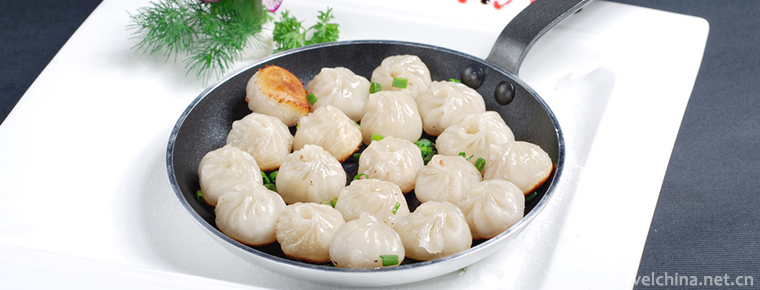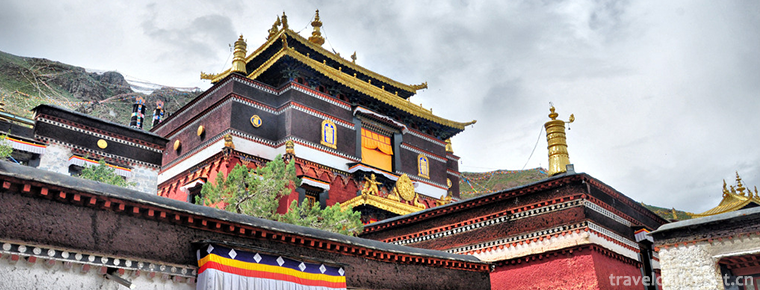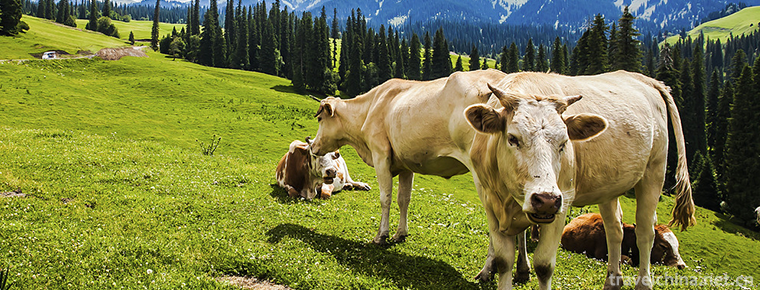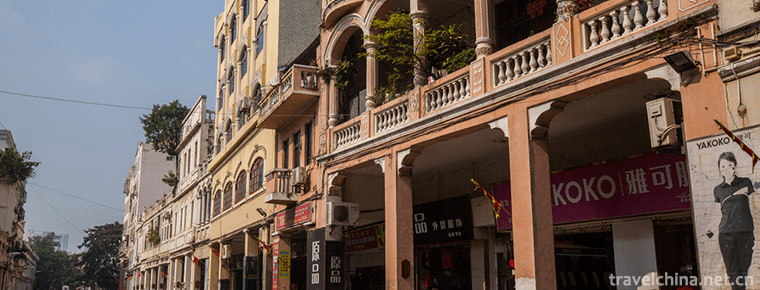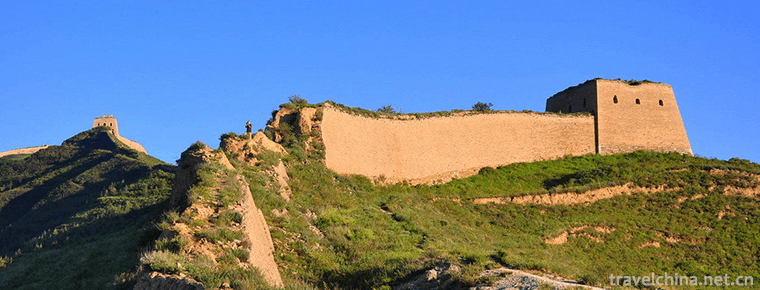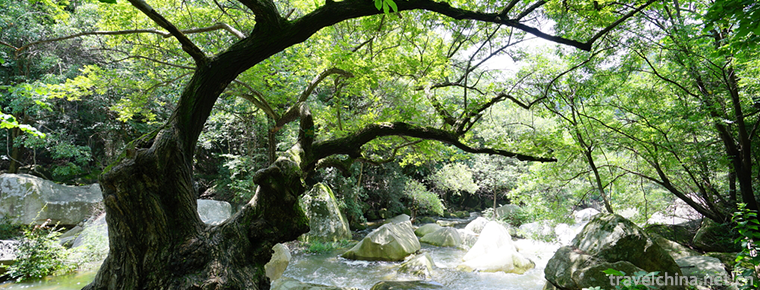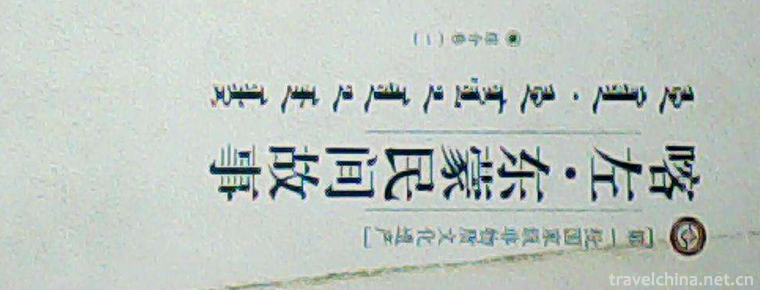Mount QianQianshan Mountain
Mount Qian,Qianshan Mountain is located 17 kilometers southeast of Anshan City, Liaoning Province, with a total area of 44 square kilometers. It is known as the "Pearl of Northeast China". It is a national key scenic spot and a national 5A-level tourist attraction. Qianshan is a branch of Changbai Mountain. Its main peak is 708.3 meters high and its total area is 72 square kilometers.
The total number of mountain peaks is 999, with thousands of them, so they are called "Qianshan", also known as "Jicui Mountain", "Qianhua Mountain", "Qianding Mountain", "Qianduo Lotus Mountain", "Qianshan Mountain" is "no wonder, no stone is steep, no temple is ancient, everywhere secluded". Throughout the ages, Qianshan has always been a popular attraction for tourists. You can see the main gate of Qianshan Mountain. See two lines of big characters: "Eight thousand roads in the South China Sea, the first mountain in eastern Liaoning Province".
Qianshan is composed of nearly 1000 lotus-like peaks with beautiful natural scenery. Although it has no majesty of the five mountains, it has the magnificence of thousands of peaks. With its unique group heroic posture, it is like an endless natural picture scroll, which is displayed on the land of Eastern Liaoning. "Ninety-nine lotus flowers to the blue sky" is the absolute song of Yao Yuanzhi, a poet of the Qing Dynasty. Qianshan is also a holy place of Quanzhen sect, the mainstream Taoist religion. Someone said, "Know the beauty of Qianshan Mountain in Guandong, and there is no regret without looking at the five mountains."
Qianshan is located 17 kilometers southeast of Anshan City, Liaoning Province, with a total area of 44 square kilometers. It is known as the "Pearl of Northeast China". It is a national key scenic spot and a national 5A-level tourist attraction.
It borders the Bohai Sea in the South and Changbai Mountain in the north. It is famous for its beautiful peaks, steep rocks, secluded valleys, ancient temples, Buddha's height, peculiar pines and flourishing flowers. It has the characteristics of dense scenic spots, exquisite and exquisite moving scenery.
Qianshan is a branch of Changbai Mountain. Its main peak is 708.3 meters high and its total area is 72 square kilometers. The total number of mountain peaks is 999, with thousands of them, so it is called "Qianshan", also known as "Jicui Mountain", "Qianhua Mountain", "Qianding Mountain", "Qianduo Lotus Mountain". Qianshan "has no unique peak, no stone, no cliff, no temple, no ancient, everywhere secluded". Throughout the ages, it has been a popular attraction for tourists.
Qianshan consists of Qifeng, Yansong, Ancient Temple and Pear Blossom. According to the natural terrain, it can be divided into four scenic spots: the north, the middle, the South and the west. Including 20 small scenic spots and 228 scenic spots, distributed in several valleys. Beautiful scenery, different seasons, is a set of temples, gardens in a mountain scenic tourist resort. In midsummer, the climate here is extremely cool and the air is very fresh. It is absolutely a wise choice for you to go to Qianshan for summer vacation.
Qianshan has different sceneries throughout the year: pear blossoms in spring, green mountains in summer, red leaves in autumn, falling clouds and flying rainbows; silver-coated snow waves in winter. Beautiful scenery throughout the year, attracting tourists lingering forget to return.
Qianshan not only attracts many tourists with its beautiful scenery, but also is more suitable for photographers who are obsessed with natural scenery and colorful pines and blue and white to engage in creative work all year round. In Qianshan in May, there are pear blossoms everywhere, among the green bushes, the fragrance of flowers comes to refresh the heart and spleen. In the early summer of June, the Qianshan Mountains are filled with pines and trees, which seem to be performing a green waltz, giving people a harmonious and beautiful feeling. In the golden autumn and October, under the blue sky and white clouds, all over the mountains and countryside are golden yellow, with frost and red leaves dyed, which is the golden season for photographic harvesting. In December, Qianshan was covered with silver. In the snowstorm, pines and cypresses are more upright and the mountain is particularly steep. The rare cold and magnificent beauty will make the photographic creation more beautiful.
Qianshan is one of the famous tourist attractions in China, formerly known as Qianduolian Mountain. Suitable for outdoor sports enthusiasts like mountain climbing. Every year the pear blossoms and the scenery after snow will make people linger and forget. Mountain roads, winding and steep, or winding, are impressive tourist attractions.
Qianshan is the perfect unity of natural landscape and humanistic landscape, while religious culture is the main part of Qianshan humanistic landscape. "Linshan has already heard the golden bell ringing and the incense of the jade stove before entering the temple". Qianshan has more than 20 temples, views, palaces, temples, nunneries and so on, just like shining gems, inlaid in Qifeng and Xiugu, making the ancient Qianshan more attractive. Some of these ancient and magnificent temples are towering over dangerous peaks, some are nestled in the surroundings of mountains, some are situated on sunny slopes, some are hidden in the shade of ancient pine and strange stones, and are integrated with natural scenery to form a beautiful, elegant and quiet moving picture. As the Zhengguo Gong Ai Xinjue Luogaosai described in his poems in the early Qing Dynasty, "Fanyu rises from the heavens, Xiangyan sounds green springs. Xutang clear dew, quiet chanting cicada. Luofengcui is inducted freely, and Pine contains smoke like the top. The temple takes the peak as its screen and the mountain borrows the temple as its prominence. In addition to temples, there are numerous caves, pagodas, pavilions and steles, which are also an important part of the cultural landscape of Qianshan.
Qianshan has a long history. In the Northern Wei Dynasty, there were Buddhists in Qianshan.
In the Liao and Jin Dynasties, Buddhism became more prosperous. The famous "Five Zen Groves" Xiangyan Temple, Da'an Temple, Zuyue Temple, Zhonghui Temple and Longquan Temple have formed a certain scale of ancient buildings.
Since the Ming and Qing Dynasties, Taoism has entered its heyday, with nine palaces, eight views and twelve Mao'an. There are more than 30 temples and hundreds of monks and Taoists in the panoramic area. Xianrentai, the first peak of Qianshan Mountains, is located in the south of Qianshan Mountains. There are eight immortal stone statues and stone chessboard on the peak. Legend has it that Fairies Fly by cranes and play games on the stage to get their names. Located in Beigou, Wuliangguan is the largest of many temples in Qianshan, and its architecture is also the most exquisite in Qianshan.
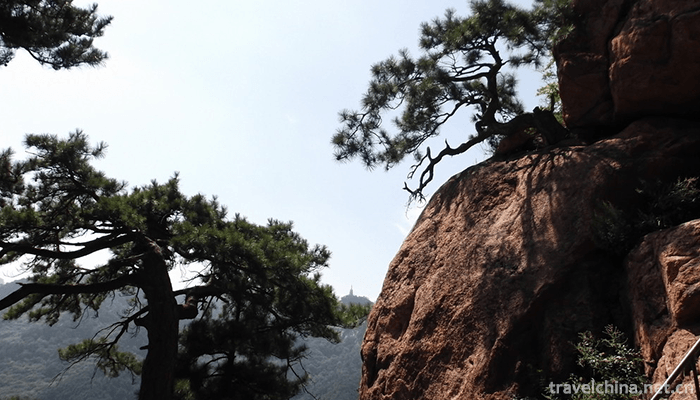
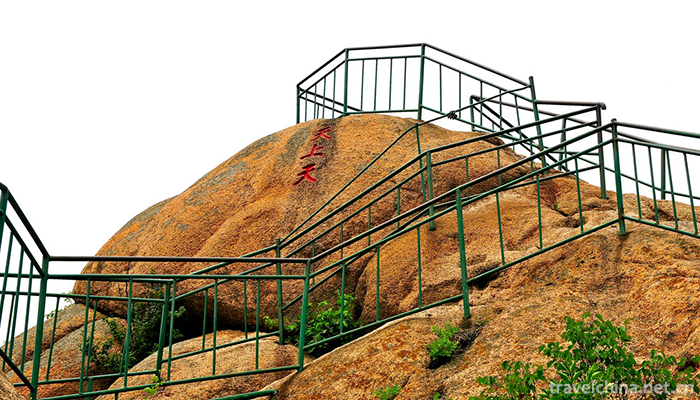
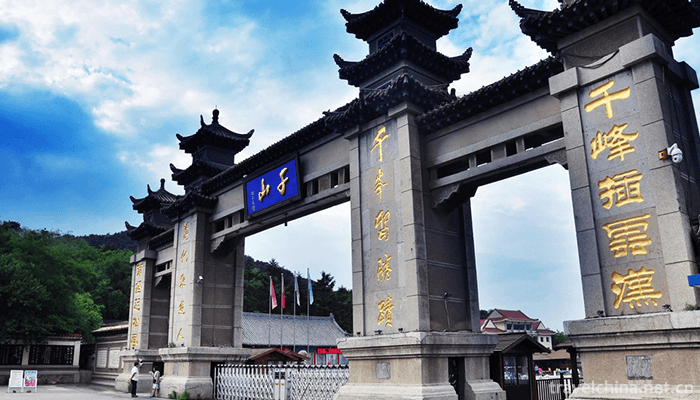
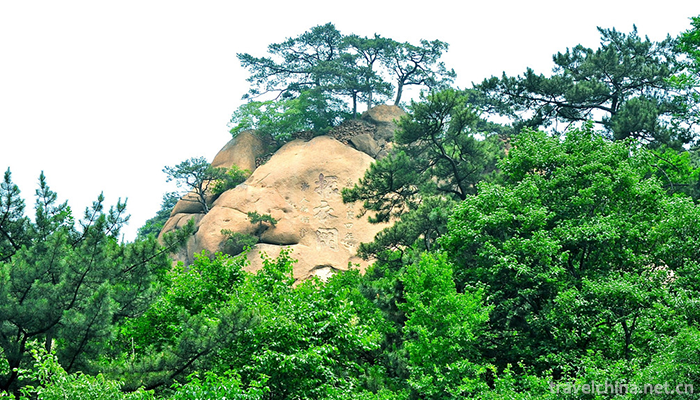
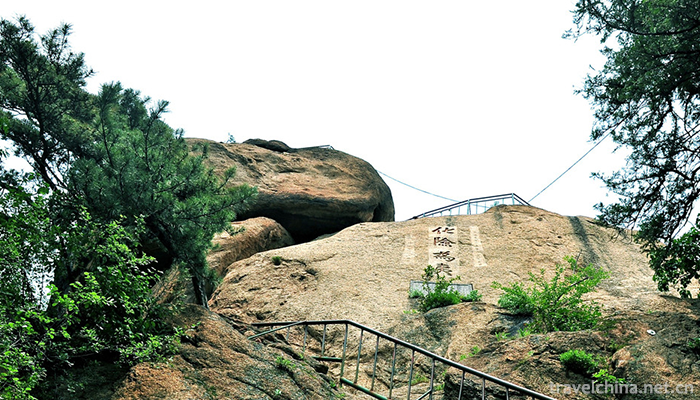
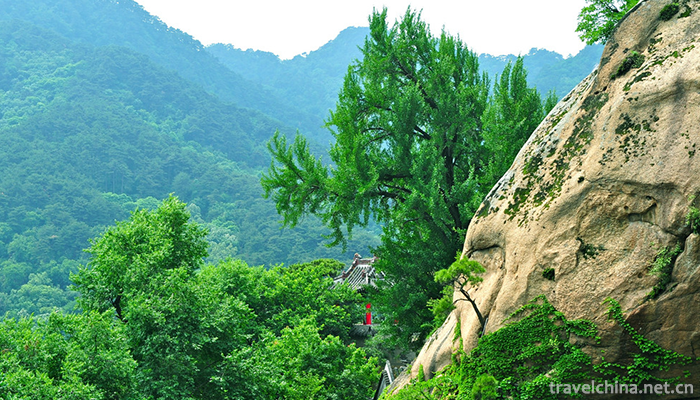
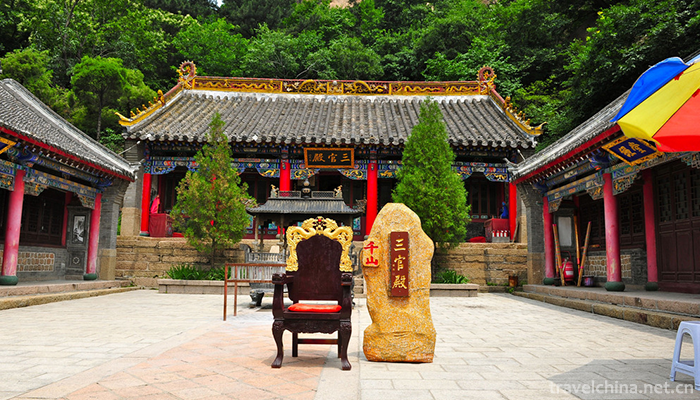
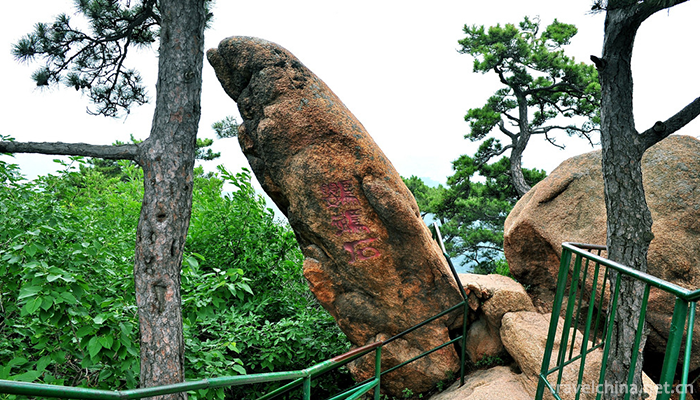
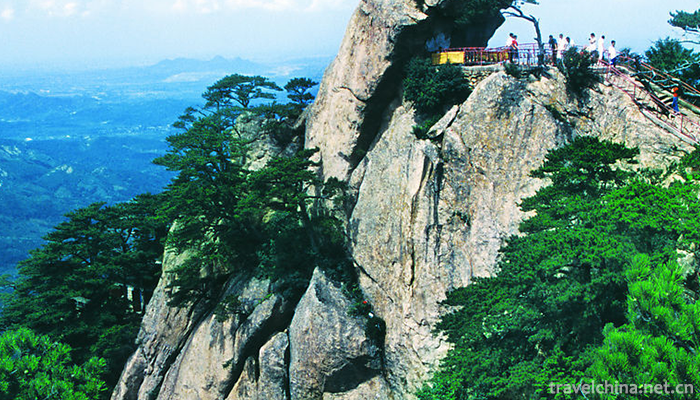
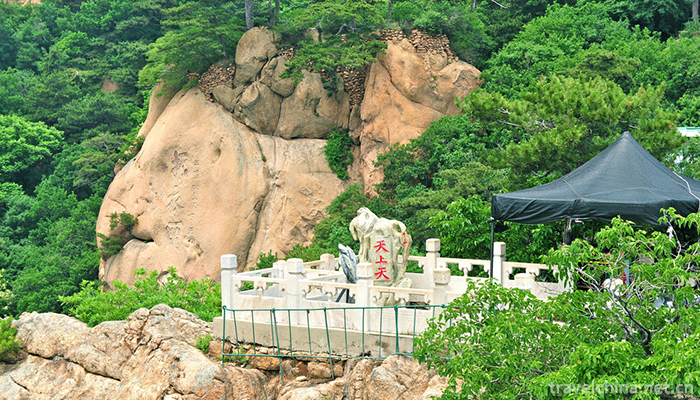
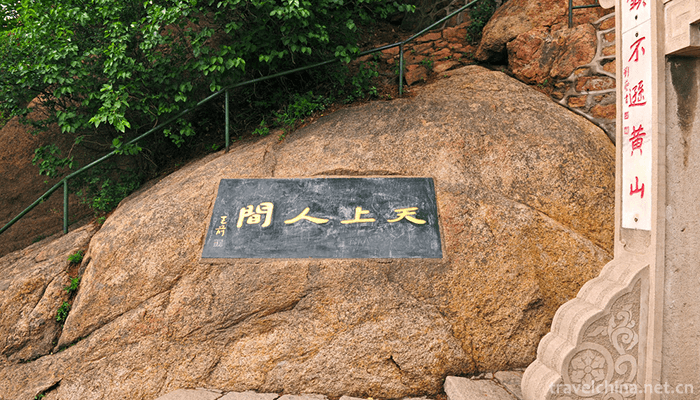
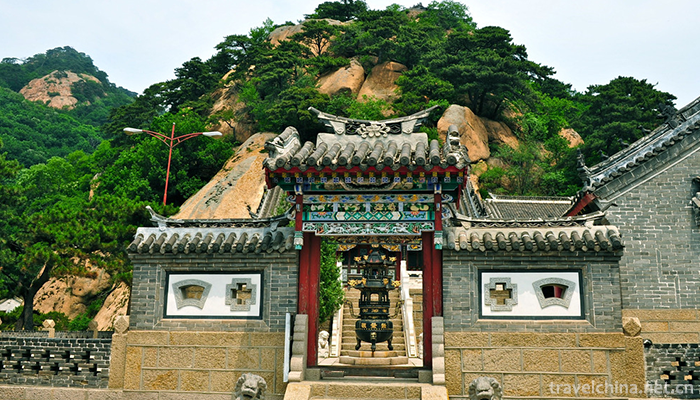
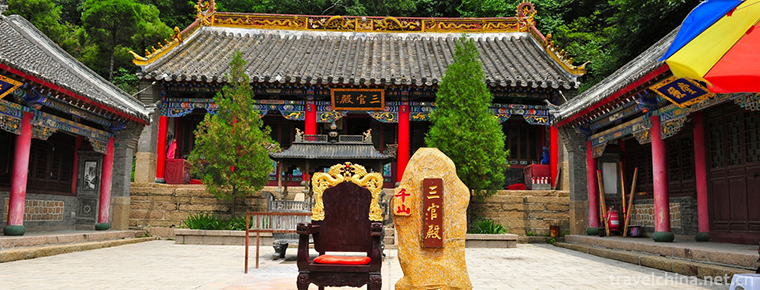
Mount QianQianshan Mountain
-
Beef bun on pot
Beef bun on pot/Beef frying bag is a home-cooked delicacy. It is made of beef as the main ingredient and salt as the auxiliary ingredient. Among them, the most famous and authentic is Yongcheng specia
Views: 608 Time 2018-11-26 -
Zhashlenbu Temple Scenic Spot in Shigaze
Zashrunbu Temple means "auspicious Xumi Temple". Its full name is "Zashrunbu Baijid Qinqu Tangkelenan Bajawalin". It means "auspicious must gather in Fushu to win over Fangzho
Views: 244 Time 2018-12-12 -
Narati Scenic Spot
Narati Tourist Scenic Area, located in Xinyuan County, Xinjiang, is located in the hinterland of Tianshan Mountains, the eastern end of the Ili Valley, with a total planning area of 960 square kilomet
Views: 72 Time 2019-02-07 -
Haikou Arcade Street
The old arcade street in Haikou is one of the most distinctive Street landscapes in Haikou. Four of the oldest buildings were built in the Southern Song Dynasty
Views: 264 Time 2019-02-07 -
Qingshuihe Ming Great Wall Site
The site of the Great Wall of the Ming Dynasty begins at Jiayuguan in Jiayuguan City in the west, passing through Jiuquan, Gaotai, Linze, Zhangye, Shandan, Yongchang, Minqin
Views: 192 Time 2019-02-07 -
Longtan Valley Ecological Scenic Spot in Xixia
Longtanggou Natural Ecological Scenic Area is located in Shuanglong Town Huashan Village, Xixia County, the hinterland of Funiu Mountains, Henan Province. It is 30 kilometers away from Xixia County
Views: 241 Time 2019-02-25 -
Sing the news
Singing news is a traditional local opera popular in eastern Zhejiang, especially in Fenghua, Beilun, Zhenhai, Yinzhou and Xiangshan. Singing news has a long history, about a hundred years ago
Views: 225 Time 2019-04-16 -
Eastern Mongolian Folk Stories in Kazuo
The Folktales of Kazuo East Mongolia are spread in an oral literature in the left-wing Mongolian Autonomous County of Karaqin. Folk narrators, in the traditional way of oral narration and singing,
Views: 128 Time 2019-05-08 -
University of Electronic Science and Technology Of China
Located in Chengdu City, Sichuan Province, the University of Electronic Science and Technology, formerly known as the Chengdu Institute of Telecommunication Engineering, was deployed by Premier Zhou E
Views: 202 Time 2019-08-31 -
Beijing University Of Technology
Founded in 1960, Beijing University of Technology is a multi-disciplinary municipal key university with a combination of engineering, science, economics, management, literature, law, art and education
Views: 351 Time 2019-09-06 -
Steamed pork with rice flour
Yuan Mei, a Qing Dynasty poet of steamed pork with rice flour, is a Jiangxi dish in Suiyuan food list. It belongs to a variety of cuisines in southern China (such as Sichuan, Chongqing, Hunan, Anhui,
Views: 192 Time 2020-03-22 -
Land resources in Suining
The total cultivated land area of Suining is 2.2815 million mu, of which the purple soil area is the largest, accounting for 62% of the cultivated land area, which is widely distributed in the low mountain and hilly areas.
Views: 352 Time 2020-12-16
